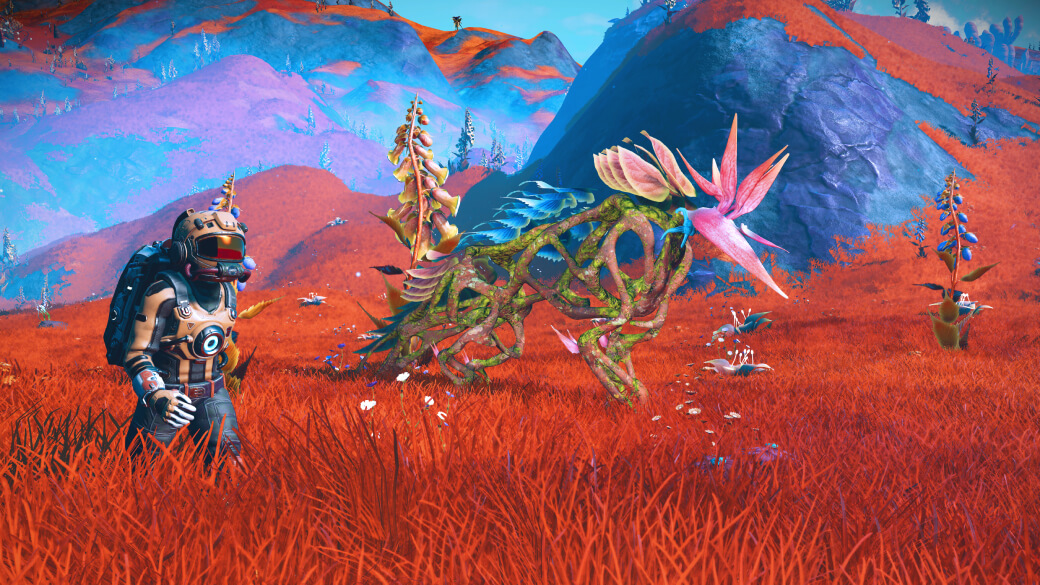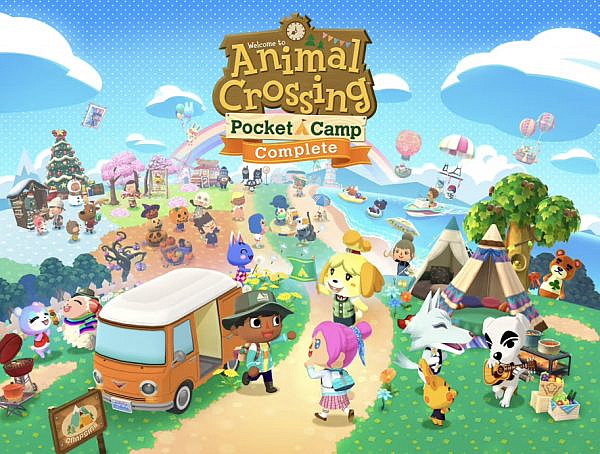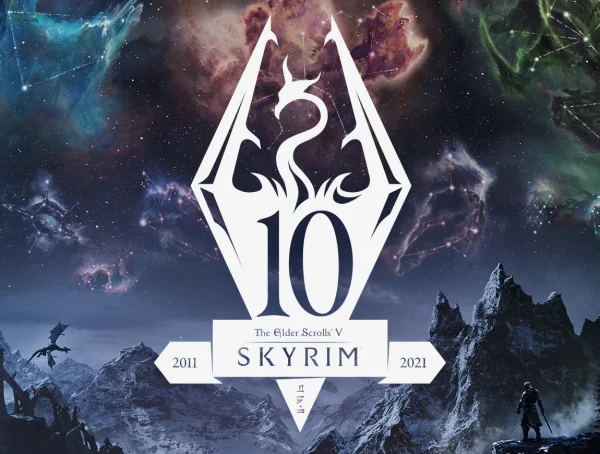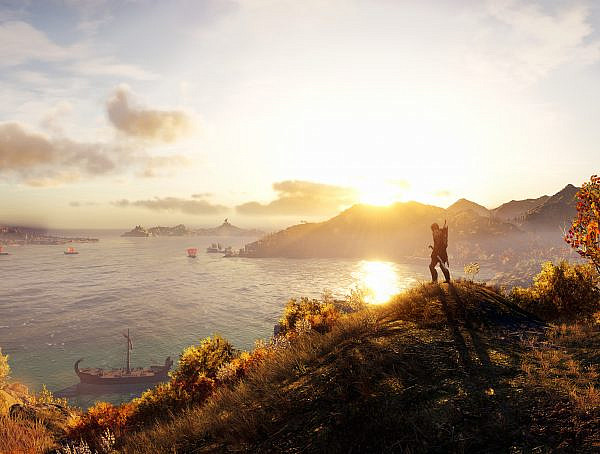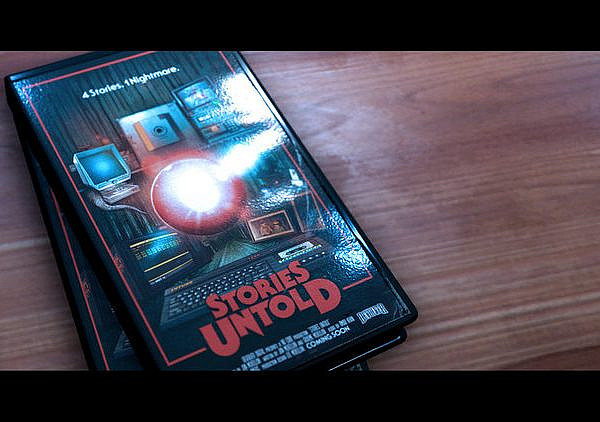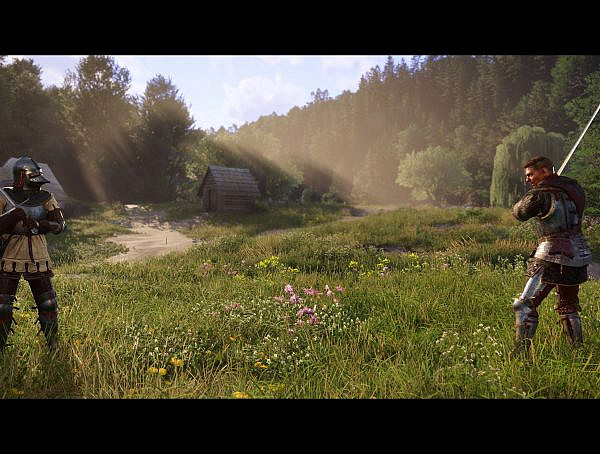When playing space-themed games, have you ever imagined piloting a spaceship, taking off from the ground, soaring straight into the sky, and entering the universe—instead of entering a spaceship-shaped portal and instantly teleporting to space? No Man’s Sky might have achieved this, and it also brings you a possibly more realistic universe.
The cornerstone of No Man’s Sky gameplay is the classic survival game. You wake up in a wilderness, collect resources to survive, and build your own base. And the wasteland of No Man’s Sky might be truly unexplored land, blending survival gameplay with a procedurally generated boundless universe where you can explore 2 to the power of 64—or 18,446,744,073,709,551,616—planets, each one unique. Every time you start a new game, a completely unknown new planet is discovered.
Of course, the different planets in No Man’s Sky are essentially different biomes commonly seen in survival games. You need materials from different biomes to fill your backpack before you can upgrade your spaceship or build your base. Imagine flying from an icy planet to another planet full of radiation, collecting different materials, and then returning to a paradise planet similar to the earth to build your base. This is the experience of this game. Of course, the freshness of this game does not entirely come from the surprise of exploring new planets one after another (of course, there is still a sense of surprise at the beginning). The continuous updates of the developer Hello Games for 8 years are also another basis for bringing fresh experience. You can experience this through the “Expedition” system. Whenever No Man’s Sky has a major update, a new expedition comes along, where you complete a series of missions to learn about and experience the new system brought by the major update. And after completing the tasks, you receive unique expedition rewards. Although expeditions are limited-time events, new players can still experience these new systems. You can collect cool ships, ground vehicles, and even battleships. This is actually mid-to-late game content: not only are the planets procedurally generated, but so are the ships that you can collect on the planets, or the alien ships you encounter. Finding one that belongs to you is also an interesting interstellar journey.
However, searching for a ship you like can be rather tedious; gathering information shared by other players is an optional approach. This brings us to No Man’s Sky’s unique multiplayer experience. In traditional games, players are distributed across a fixed map, like a room full of people. But the experience in No Man’s Sky is completely different—it feels like an endless wilderness where you can barely see anyone. Although you are automatically in multiplayer mode when connected online, you almost never see other players during free exploration. If you occasionally encounter someone on a planet, or just find a beacon left by another player, then look up at the starry sky, you might truly feel what the game’s title No Man’s Sky conveys: that sense of contrast between human insignificance and the vastness of the universe.
No Man’s Sky is an amazing game, and I can’t help but recommend it. The scene of taking off from the ground into space alone is thrilling, combined with a solid survival game system and impressive procedural generation technology, making it highly suitable for fans of survival and building games. And what else could procedural generation technology bring us? How else can it bring us more wondrous worlds? This question shouldn’t just be contemplated for an answer—perhaps experiencing this game is a fantastic way to expand this imagination.
When playing space-themed games, have you ever imagined piloting a spaceship, taking off from the ground, soaring straight into the sky, and entering the universe—instead of entering a spaceship-shaped portal and instantly teleporting to space? No Man’s Sky might have achieved this, bringing you a possibly more realistic universe.
The cornerstone of No Man’s Sky gameplay is the classic survival game. You wake up in the wilderness, collect resources to survive, and build your base. And the wasteland of No Man’s Sky might be truly unexplored land, blending survival gameplay with a procedurally generated boundless universe where you can explore 2 to the power of 64—or 18,446,744,073,709,551,616—planets, each one unique. Every time you start a new game, a completely unknown new planet is discovered.
Of course, the different planets in No Man’s Sky are essentially different biomes commonly seen in survival games. You need materials from different biomes to fill your backpack before you can upgrade your spaceship or build your base. Imagine flying from an icy planet to another planet full of radiation, collecting different materials, and then returning to a paradise planet similar to the Earth to build your base. This is the experience of this game. Of course, the freshness of this game does not entirely come from the surprise of exploring new planets one after another (of course, there is still a sense of wonder at the beginning). The continuous updates of the developer Hello Games for 8 years are another basis for bringing fresh experience. You can experience this through the “Expedition” system. Whenever No Man’s Sky has a major update, a new expedition comes along, where you complete a series of missions to learn about and experience the new system brought by the major update. And after completing the tasks, you receive unique expedition rewards. Although expeditions are limited-time events, new players can still experience these new systems. You can collect cool ships, ground vehicles, and even battleships. This is mid-to-late game content: not only are the planets procedurally generated, but so are the ships that you can collect on the planets, or the alien ships you encounter. Finding one that belongs to you is also an interesting interstellar journey.
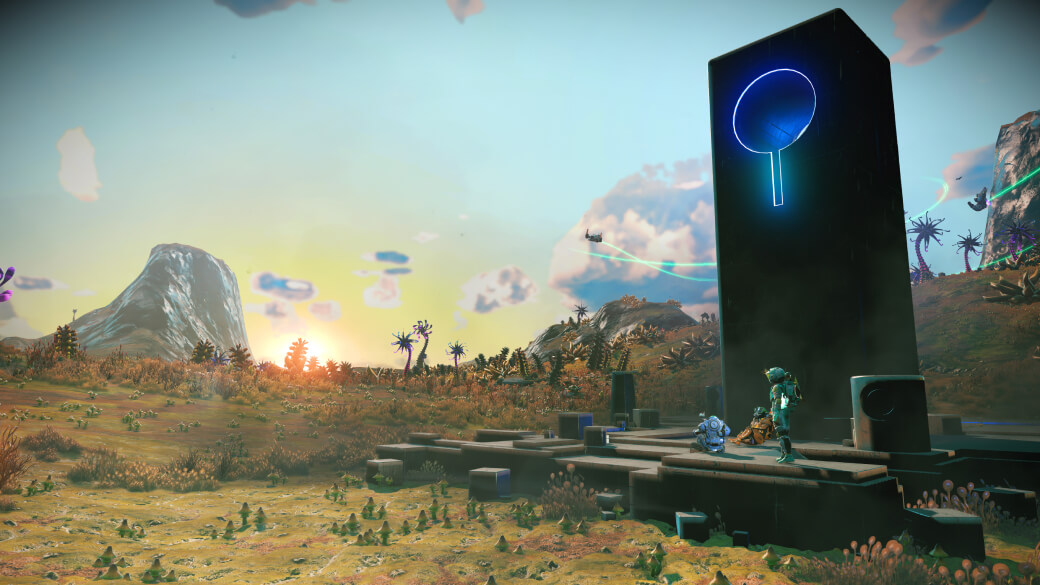 Look up at the stars, with friends or by yourself
Look up at the stars, with friends or by yourself
However, searching for a ship you like can be rather tedious; gathering information shared by other players is an optional approach. This brings us to No Man’s Sky’s unique multiplayer experience. In traditional games, players are distributed across a fixed map, like a room full of people. But the experience in No Man’s Sky is completely different—it feels like an endless wilderness where you can barely see anyone. Although you are automatically in multiplayer mode when connected online, you rarely see other players during free exploration. If you occasionally encounter someone on a planet, or just find a beacon left by another player, then look up at the starry sky, you might truly feel what the game’s title No Man’s Sky conveys: that sense of contrast between humans’ insignificance and the vastness of the universe.
No Man’s Sky is an amazing game, and I can’t help but recommend it. The scene of taking off from the ground into space alone is thrilling, combined with a solid survival game system and impressive procedural generation technology, making it highly suitable for fans of survival and building games. And what else could procedural generation technology bring us? How else can it bring us more wondrous worlds? This question shouldn’t just be contemplated for an answer—perhaps experiencing this game is a fantastic way to expand this imagination.
Basic information:
Publisher: Hello Games
Developer: Hello Games
Platforms: PlayStation 4, Windows, Xbox One, Xbox Series X/S, PlayStation 5, Nintendo Switch, macOS, iPadOS
Release Date: 9 August 2016
Genre: Action-adventure, survival
PEGI: 7
Pictures: Screenshots from game, taken by the author
I am a fan of all kinds of games, especially resource management, survival and construction games, and grand strategy games.
You might also like
More from Game Reviews
Assassin’s Creed Odyssey- The sea breeze carries home and adventure
Let us sail the seas and scale the mountains of Greece together!
Stories Untold – An Experimental Psychological Horror Adventure
Stories Untold is a narrative-driven horror adventure game and a truly remarkable take on the genre. The four episode anthology …
Kingdom Come: Deliverance II – A Sequel Worthy of a Knight
KCD II delivers a living, breathing medieval roleplaying game to its players. #RPG, #kingdomcome, #openworld







